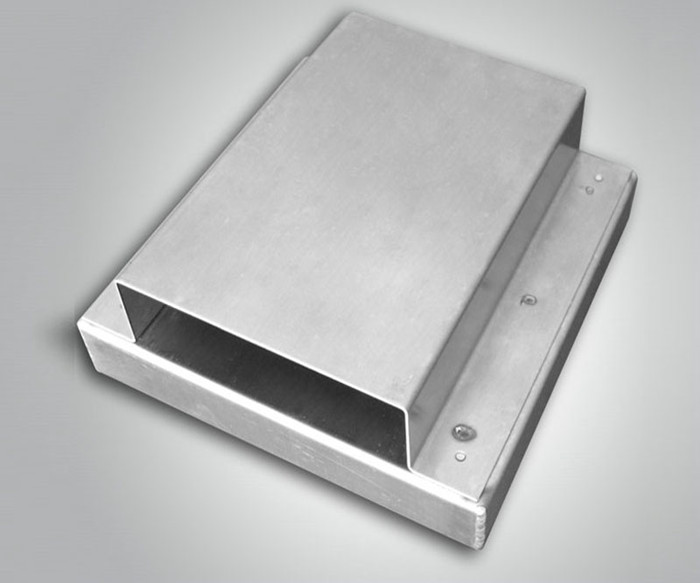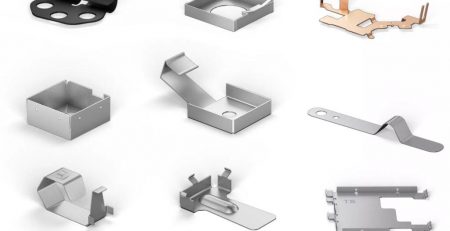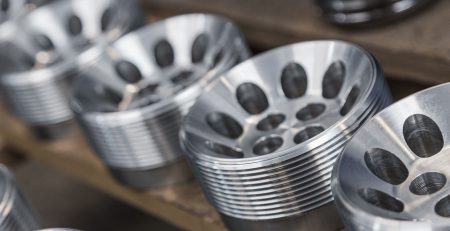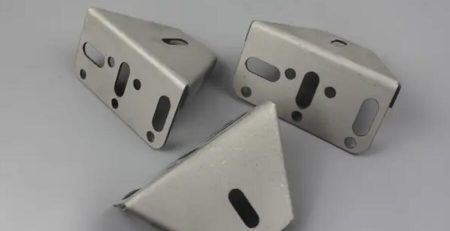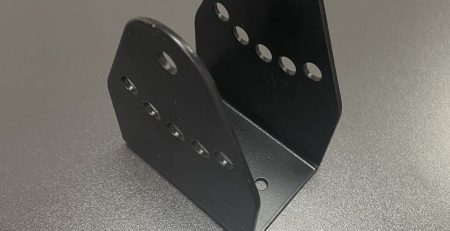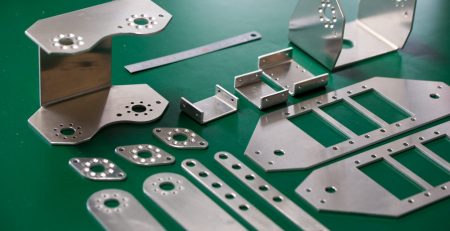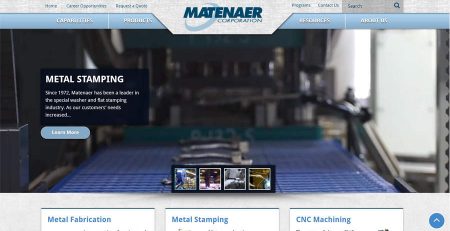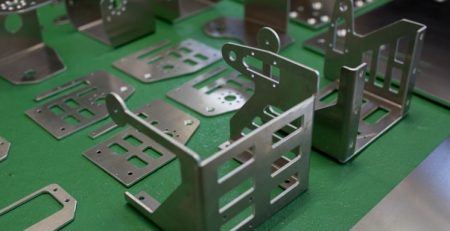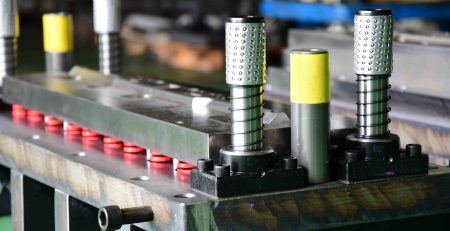Use of stainless steel in metal stamping
Sheet metal stamping is the process where raw metal blanks are converted into the desired shape or size, with the help of many processes, tools and techniques. The sheet metal (commonly known as workpieces or blanks) used for stamping needs to be of high quality and highly durable. This ensures that it can withstand the harsh cuts, bends, punches and other techniques that it is introduced to, inside the metal stamping press.

Metals commonly used for stamping
All metal stamping companies take great care in choosing the right metals for their creating the exact shape and size of final metal structures, as requested by their clients. They choose metals that are versatile, durable, corrosion-resistant and flexible metals that can withstand fabrication and stamping techniques. Here are the metals mostly used in the stamping processes in small-scale and large-scale industries today:
- Carbon Steel
Carbon steel stamping is extremely popular today, because carbon steel is known for its extremely versatile nature. One of the major highlights of carbon steel is that it works well when changing sheet metals into varying shapes and sizes. For this flexibility, durability and ability to withstand high-pressure stamping techniques, carbon steel stamping is usually used to create complex metal components like industrial pipes, big tubes, large-scale automotive and structural structures and more.
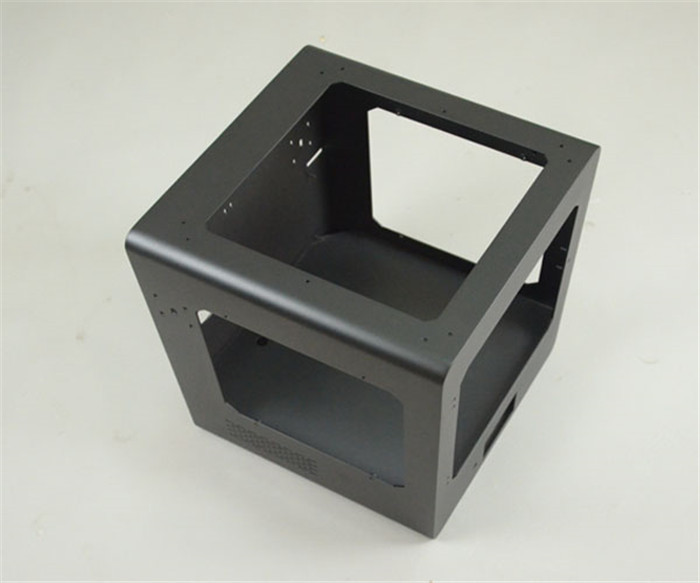
- Stainless Steel
Stainless steel is one of the most sought-after metals for stamping purposes, because of its durability and corrosion-resistant properties. Very few metals are as clean and hygienic as stainless steel. This is why steel stamps are used for creating metal components like cutlery, cookware, industrial pumps, pharmaceutical parts, aviation parts, medical devices and other industries, where cleanliness is of top priority.
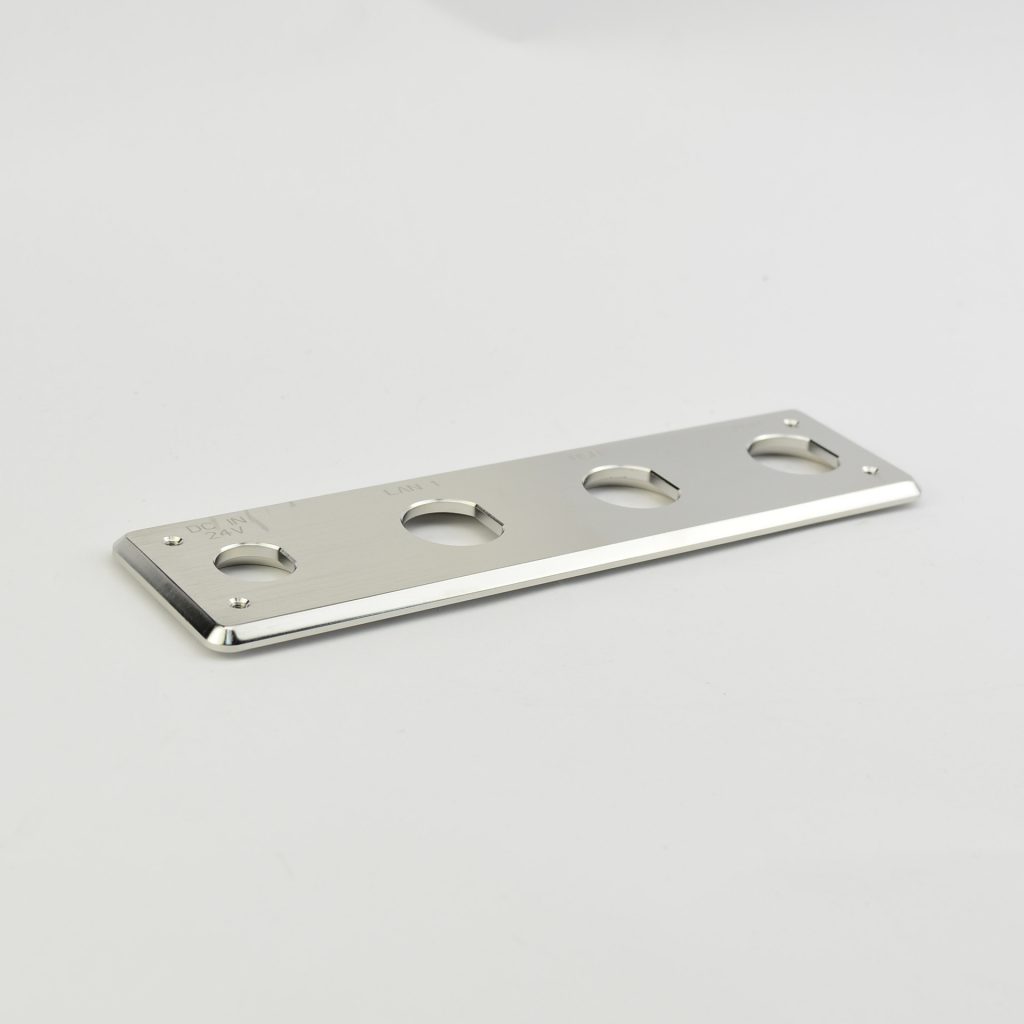
- Non-Ferrous Metals
While carbon steel stamping and stainless steel stamping are the most commonly used in the ferrous metals category, there are quite a few options for metals used in the non-ferrous category. They are:
Aluminum – It is popular for its lightweight and cost-effective features. It’s a great conductive material for electrical and thermal components, which is why it is extensively used for making complex components like airplane parts, hardware for the marine industry and other complex architectural parts.
Copper – Known for its thermal conductivity, copper is extensively used for many industrial and consumer components like medical devices, HVAC systems and plumbing materials.
Brass – Thanks to its smooth surface and visual appeal brass is commonly used for making metal components for the plumbing, electrical, automotive and electronic industries.
Why stainless steel stamping is very popular today?
If you have ever wondered why stainless steel stamps are so popular in all types of industries, it is because of the following three main reasons:
- Resistance to corrosion
Stainless steel stamping is one of the common requirements of clients, because the metal is resistant to corrosion. The characteristics of stainless steel vary based on the content of alloy present in it. If they have a large amount of chromium, molybdenum and nickel, they are most preferred, as they have extremely high corrosion-resistance properties.
- Durable strength
The tensile strength of stainless steel is very high when compared to other types of steel. It can be folded, bent and made as thin as possible, without losing an iota of its strength. This is why stainless steel stamping projects are increasing tremendously today.
- Value for money
Stainless steel is cost-effective, and has a long lifespan. So, stainless steel stamps give industries full value for their money. The maintenance, repair and refurbishing expenses are almost next to nothing, when it comes to stainless steel stamps.

Common types of stainless steel used for metal stamping
Stainless steel is used to refer to an alloy, which contains at least 18% chromium. All the advantages that we explained about stainless steel are purely because of this chromium content. Though it is more expensive than other alloys, stainless steel is widely preferred in the stamping industry, because of its corrosion resistance and tensile strength. Here are the major types of stainless steel used for stamping today:
- Type 301 – Known for its extremely high tensile strength, resistance to corrosion and rust and durability, this model comes in three categories – hard, half-hard and full-hard.
- Type 304 – Mostly used for creating metal components for the food industry, stainless steel stamping for discs, this one has moderately less tensile strength than Type 301. These are usually referred to as T304 or Type 18/8 (to indicate 18% chromium and 8% nickel component).
- Type 316 and 316L – These types of stainless steel come with more strength and corrosion-resistance properties, thanks to the presence of molybdenum in them. This is usually used in the food processing, pharmaceutical and marine industries.
- Type 321 and 347 – These are modified versions of T304 stainless steel. A few alloy additions are done to T304 to increase the weldability feature of this version.
- Type 17-7PH – It has the basic forming characteristics of T304, but it can be hardened to have up to 200 thousand tensile strength, one of the highest in the fields of stainless steel stamping. This can be achieved when it is exposed to cold-forming treatment.
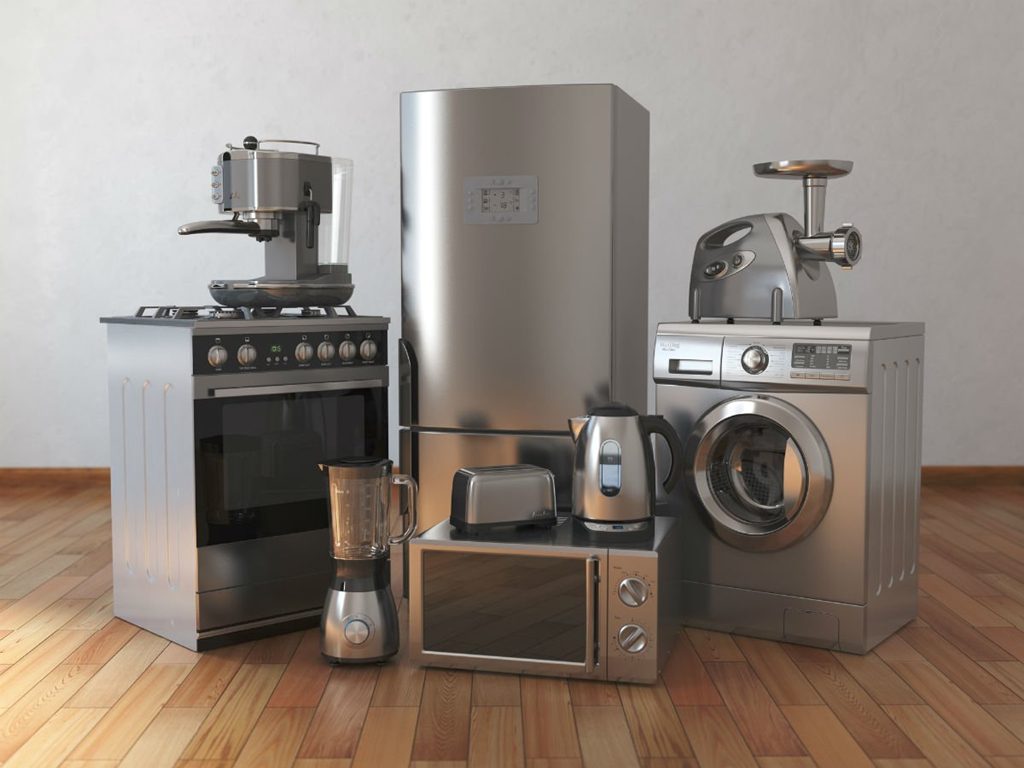
Degree of hardness for Stainless Steel Stamping
To make it compatible with making varying shapes and sizes of components, stainless steel is passed through either cold or heat treatments to improve its hardness. The level of hardness to which the alloy is fine-tuned depends on the requirements of the final shape of the component. The five degrees of hardness of stainless steel used in the stamping industry are:
- Dead Soft – Softest version of stainless steel with all stress features removed to make it quite easy to work with
- Quarter Hard – The tensile strength and hardness is increased only very slightly as the alloy partially goes through cold-worked or heat-treated processes
- Half Hard – More rigorous treatments introduced to achieve more strength and hardness
- Three-Quarter Hard – Very tough and almost hard stage, with only very little malleability (ability to convert into different shapes) left
- Full Hard – 100% hard and brittle version
